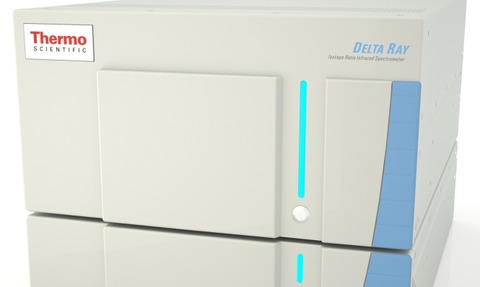
Thermo Scientific last week unveiled its Delta Ray isotope ratio infrared spectrometer designed for field-transportable CO2 analysis.
Scientists monitoring greenhouse gases, plant ecology, carbon sequestration, and volcanic emissions, among other CO2 analysis applications, can now transport powerful isotope ratio analysis capability to the sources of samples.
The Delta Ray system is a new category of analyser for the continuous measurement of isotope ratio values from CO2 in ambient air.
The ability to transport the system into the field can enable scientists to continuously collect data throughout the day.
Scientists can measure short duration phenomena that may have previously been missed due to the low-frequency sample acquisition.
By comparison, a lab transporting samples from the field might only be able to collect one or two samples per week. In addition to more data, the field-deployable system can reduce or eliminate costs for vials, flasks and transportation.
The Delta Ray analyser uses laser-based mid-infrared spectroscopy to simultaneously measure carbon 13 isotope and oxygen 18 isotope with a precision of better than 0.1 parts per thousand in minutes.
The mid-infrared range produces absorption signals about 8,000 times stronger than the near-infrared for superior performance and reduced need to clean the mirrors.
The system’s Universal Reference Interface is engineered to automate referencing and calibration for verifiable measurements and high-confidence results. The system is designed to measure large and small-scale changes in atmospheric CO2 at concentrations from 200 ppm to 100 percent (with optional dilution box) over a wide range of time scales.
Additionally, Thermo Scientific Qtegra software is intended to enhance the usability, with a dashboard for system status, “Get Ready” button that prepares system for operation with one click, “LabBook” objects containing methods and results, and “Workflow” display to simplify navigation.





